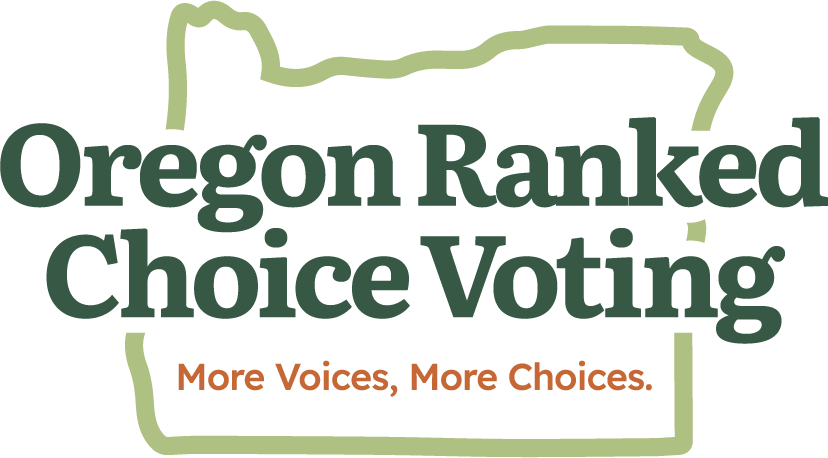Better representation.
More voter power.
A stronger democracy.
Ranked choice voting is a simple improvement to our elections that
gives voters more power.
Better representation.
Ranked choice voting allows candidates to run without fear of splitting voter support, opening a pathway for more candidates of similar backgrounds and values to run and giving voters more choices. Across the country, cities have seen an increase in the number of women and candidates of color running for office running for office in ranked choice voting elections.
Increased voter satisfaction.
Voters - especially young ones - are unhappy with our current system. Ranked choice voting gives voters more choice over their ballot, which is why 85% of young Oregonians support it and turn out more in ranked choice voting elections.
Proven solution.
There’s a reason ranked choice voting is already being implemented in Oregon and across the country. Ranked choice voting is a simple, and time-tested improvement that puts power back in the hands of voters – where it belongs.


